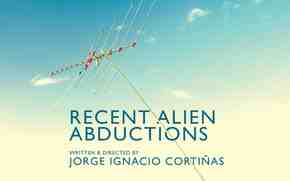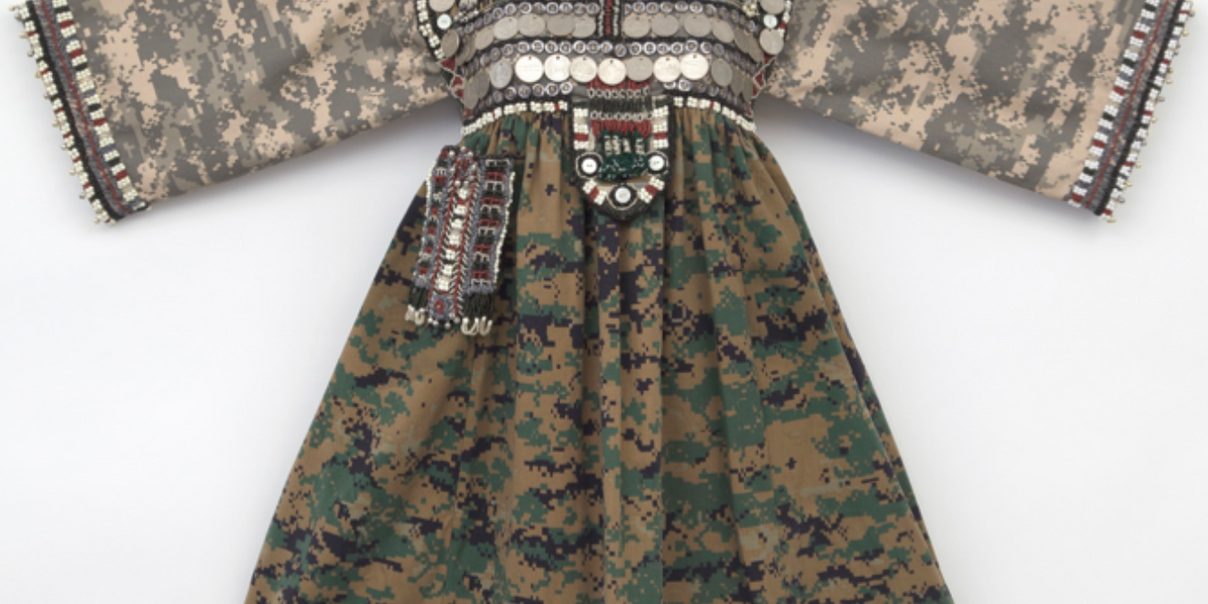

Mestizaje: A Conversation with Visual Artist Ignacio González-Lang
For the Recent Alien Abductions show art, we chose a compelling and evocative photograph called “Signal” by artist Ignacio González-Lang. Ignacio was born in San Juan, Puerto Rico. He often explores cultural identity through a humorous or sometimes cynical lens. His work has been exhibited at MoMA PS1; El Museo Del Barrio; International Center of Photography; Institute of Contemporary Arts, London; Jewish Museum, Vienna; Museo Nacional de Arte, Mexico City; Museo de Arte de Puerto Rico, San Juan. He is a graduate of California Institute of the Arts and Columbia University. We recently spoke with Ignacio to learn more about the breadth of his work and what inspires him as an artist.
You’re originally from San Juan, Puerto Rico, but you’ve been in New York for some time now. How did you come to live and work in New York?
I was born in San Juan and raised in Bayamon. I came to NYC in 2001 to attend the MFA program at Columbia University with the purpose of making a career in education.
You create in so many varied mediums – installation, sculpture, photography – how do you decide which medium to work in for each expression and how is each process different for you?
At school, I had many great professors that inspired me not to box myself into a single medium but to explore content and form in a multifaceted manner.
There are two ongoing themes in your work that I wanted to ask you about. One is your interest in exploring various cultural aspects in American identity. Your approach to this theme has been described as a “melting pot” or “salad bowl” approach, and Benjamin Sutton in Hyperallergic described one of your pieces as employing a hybrid of materials to explore hybridity of culture. Do you think that’s an accurate observation and can you talk a little about this process and its relationship to your interest in cultural identity?
In the Caribbean, the dominant characteristic is mestizaje which is a synthesis of different cultures. For Puerto Rico, this mix includes European, African and Amerindian cultures. In Puerto Rico, this pluralism is celebrated throughout the entire society, and you can observe it in its arts, music, food, and dance. In the United States, the ‘melting pot’ is a concept that was popular in the 20th century and has come to resonate more with assimilation and immigrant groups losing their cultural identity. In the 21st century, the ideal is more of a multicultural society where groups retain their particular cultural characteristics. However, this is more of an ideal than reality since the European or Anglo-Saxon culture is in a continuous clash with other cultural factions for dominance.
You’ve also been very interested in the issues of profiling and surveillance. Can you tell us what it is about those issues that interest you as an artist and how you’ve explored that interest in your work?
I was interested in the practice of surveillance because of its prominence in our culture. It has a disturbing history and runs counter to the rights established in the Constitution. In New York City, surveillance and profiling have always been hostile towards minority, working class, and poor communities through public and private policies. I’ve created archives and made works referencing the inherent biases in these practices.
Your photograph “Signal” serves as the show art for Recent Alien Abductions. How did you come to create that image and what did it mean to you at the time? Has your relationship to that piece changed over time?
I produced this series of photographs 20 years ago as a response to the landscape of Puerto Rico, mostly to its geographical insularity as an island. 20 years later, after hurricane Maria struck the island, friends told me how people were going to a remote corner of the island in order to get a cell phone signal. I immediately thought of Signal and how the works would resonate on the island at that moment with no electrical grid. You never know how the meaning of a work might change over time.
Related Productions

Written by
Melissa Hardy